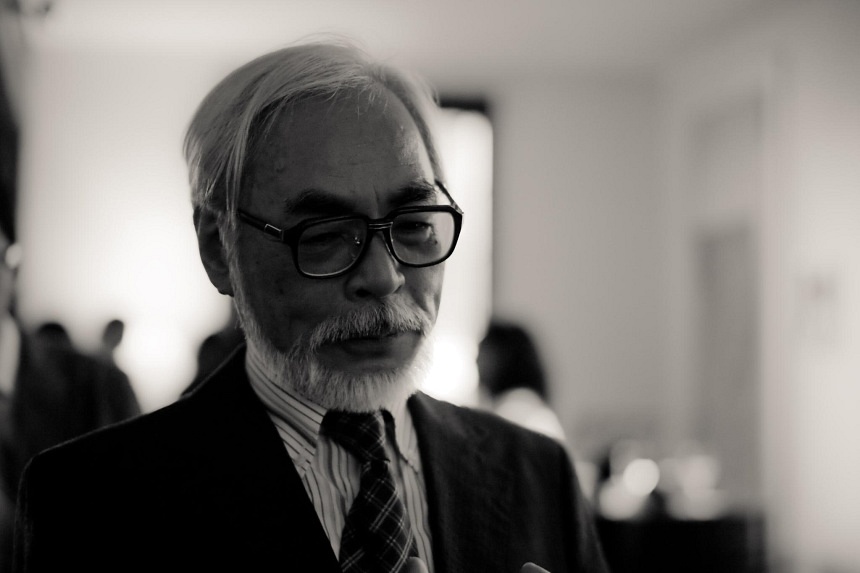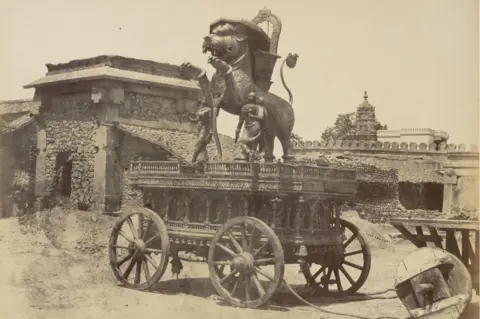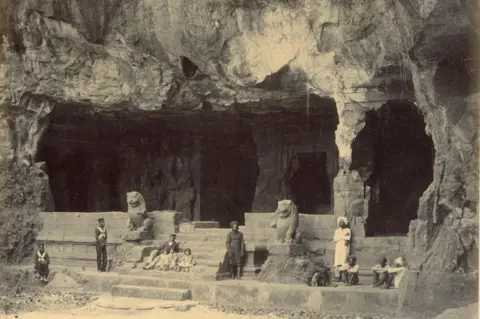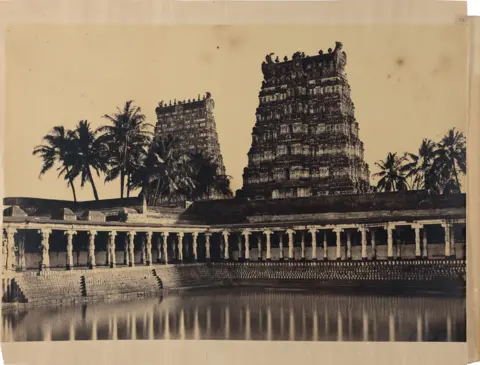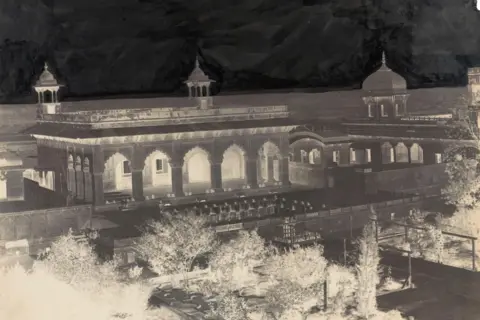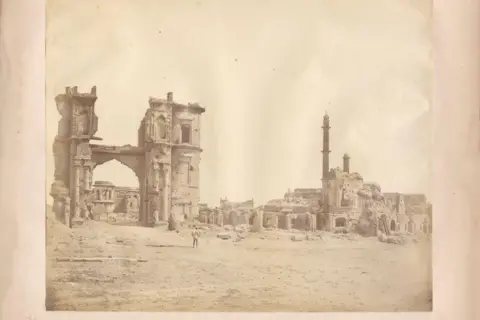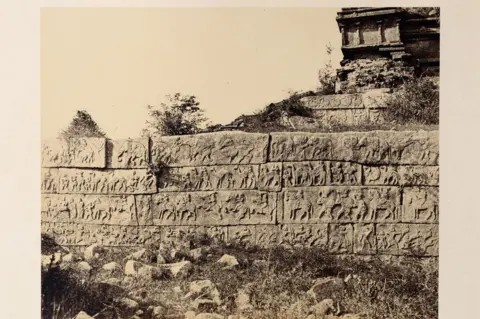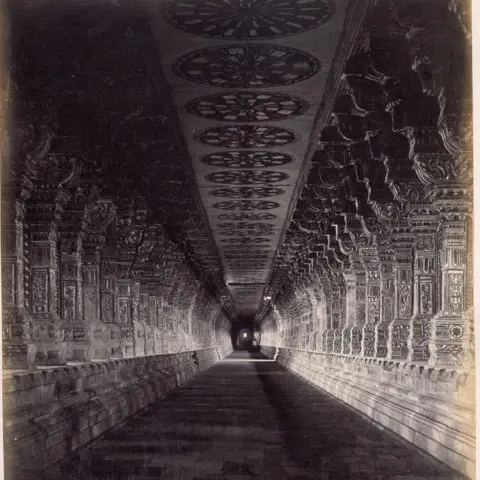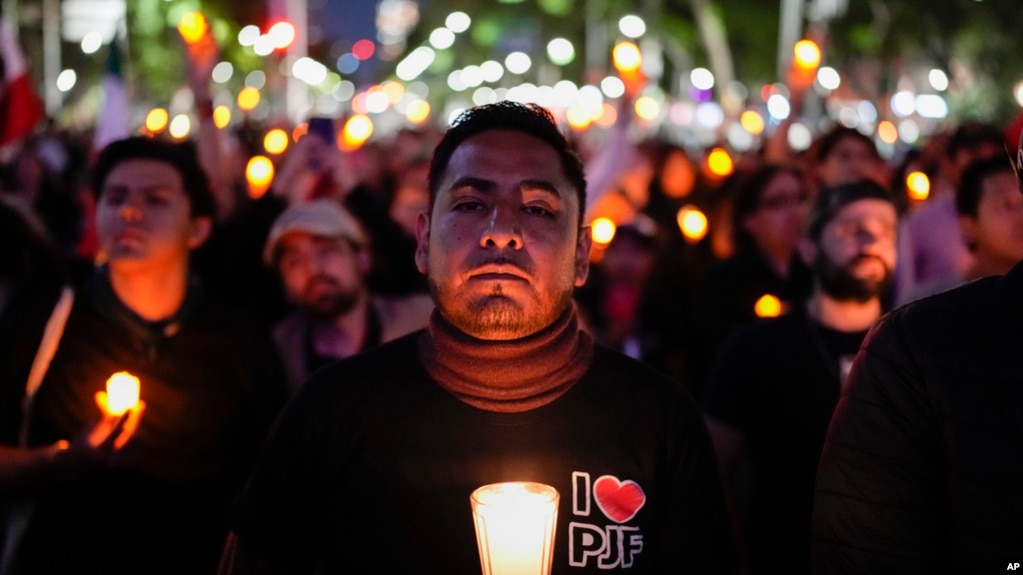The New Arab Staff
28 August, 2024

Binance has denied blocking cryptocurrency from all Palestinians [GETTY]
One of the largest cryptocurrency exchange companies is facing backlash for allegedly seizing crypto from Palestinians at the request of the Israeli army.
Ray Youssef, co-founder of Paxful, a peer-to-peer crypto platform and CEO at Noones, said on X that Binance had seized all funds from all Palestinians.
"Binance has seized all funds from all Palestinians as per the request of the IDF. They refuse to return the funds. All appeals denied," Youssef wrote.
"I have received this from several sources. ALL Palestinians are affected and judging by the way things are going all Lebanese and Syrians will get the same treatment. Not your keys, not your coins," Youssef added.
The CEO shared a letter from his sources at Binance, referring to a letter signed in November 2023 by Paul Landes, the head of Israel's National Bureau for Counter Terror Financing, in response to Palestinian users who appealed to restore their funds.
The letter, written in Hebrew, says according to anti-terrorism laws, the Minister of Defence is allowed to order a "temporary seizure of property of a declared terrorist organisation, as well as seizure of property which was used to commit a crime".
The funds were supposedly transferred by the Dubai Exchange Company in the Gaza Strip, which is a declared "terrorist organisation", according to the letter.
Youssef also shared a video from a Palestinian supposedly confirming that "Israel is putting massive pressure on Binance and all other exchanges to blanket seize the funds of ALL Palestinians".
The company has since received backlash, with many users online calling for a boycott.
"Time to boycott @binance They are working with the #IsraeliApartheid to seize and freeze our brothers and sisters assets based on Israeli demands, Crypto is meant to be decentralised not controlled by the government. I deleted my account, now it's your time guys," one user wrote on X.
"TAKE YOUR FUNDS OUT OF BINANCE."
"Shame on @binance for stealing people's money," said another.
Binance has denied blocking cryptocurrency from all Palestinians, telling Cointelegraph, "Only a small number of user accounts, linked to illicit funds, were blocked from transacting".
The spokesperson also said the company complies with "internationally accepted sanctions legislation, just like any other financial institution".
Data from software company Similarweb cited by Cointelegraph found that Palestine was a "minor market" for Binance, with the traffic share amounting to roughly 0.05 percent of Binance's visits over the past year.
However, Palestine's traffic surged to over 80 percent since August 2023.
With bank infrastructure in ruins, Gaza gets a crypto lifeline
Azraa Muthy


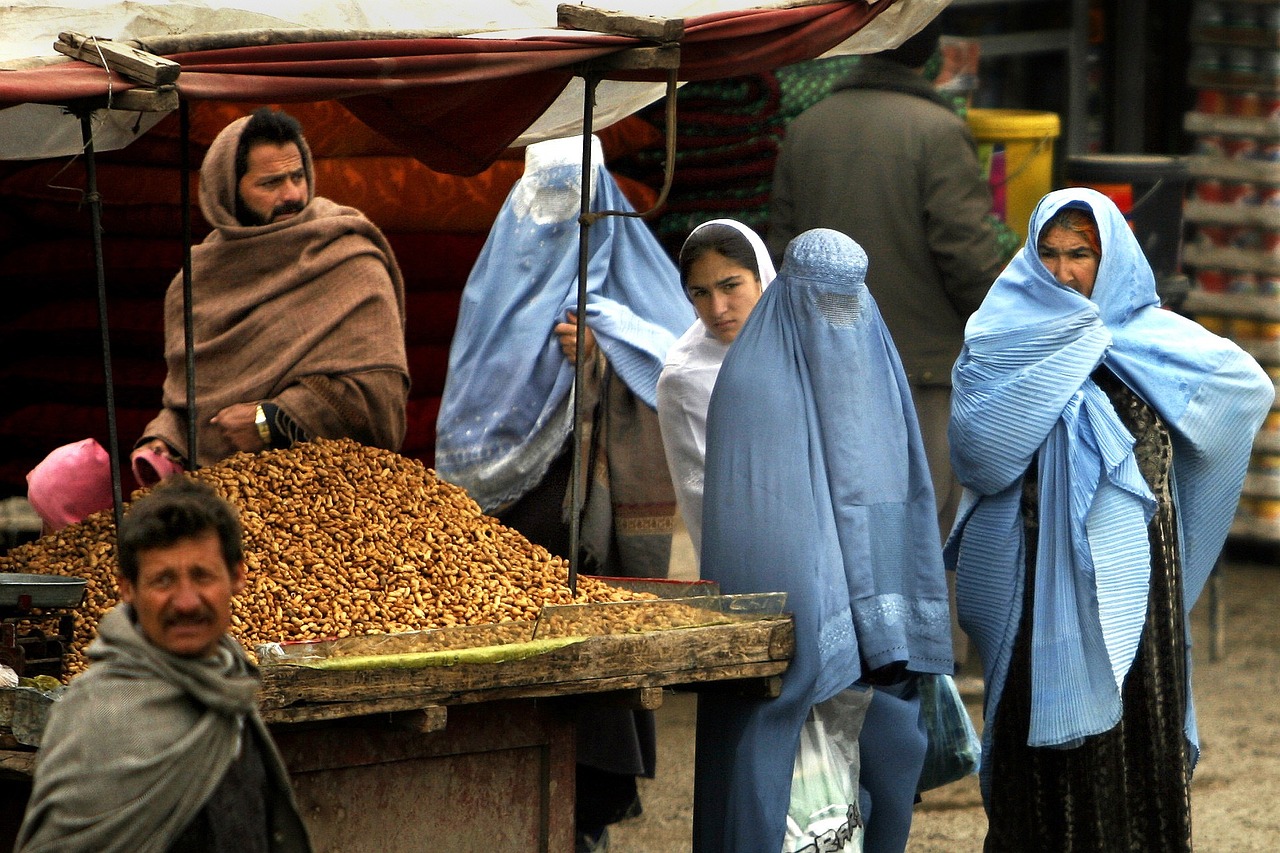
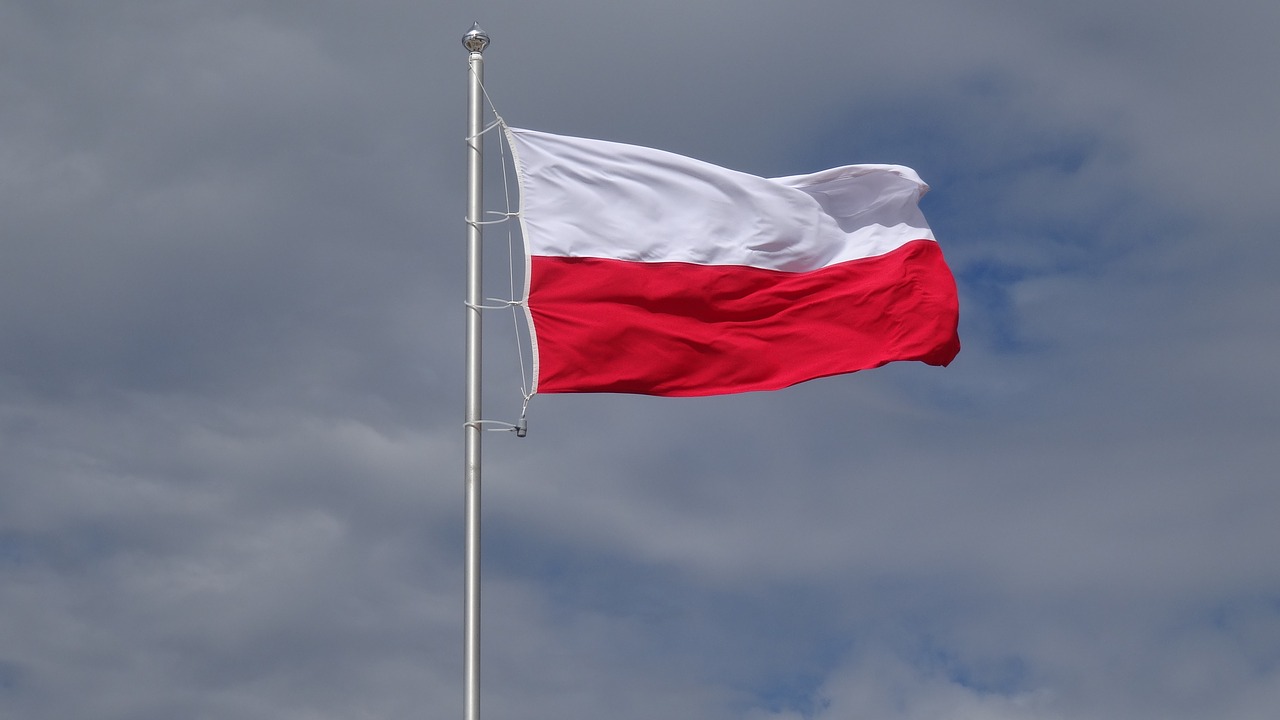


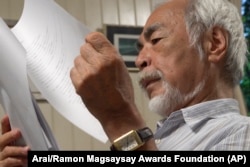 I
I
